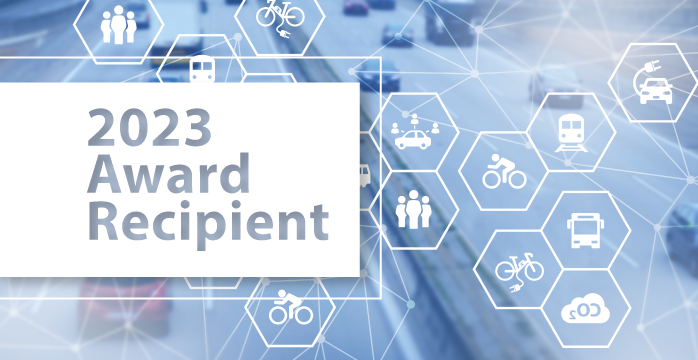Technology optimisation for higher efficiency will strengthen OEM growth opportunities, finds Frost & Sullivan’s Mobility team
LONDON – 20 July 2017 – With significant transmission, energy, and fuel efficiency, and smooth delivery of power, lighter weight, and driver engagement, dual clutch transmission (DCT) technology is set for strong, sustained growth. Growth is augmented by progressively stringent emission standards, strong need for better fuel efficiency and shift experience in B and C car segments, and the use of DCTs as a transmission strategy in plug-in hybrid electric vehicles (PHEVs).
 Dual Clutch Transmissions, Global Strategic Development Roadmap to 2022, recent research from Frost & Sullivan’s Automotive & Transportation Growth Partnership Subscription, finds that the Asia Pacific region will lead DCTs with a compound annual growth rate (CAGR) of 9.4%, followed by North America at a CAGR of 7.0 %. Organic growth will occur in European DCT markets. The study examines the market trends affecting dual clutch transmission, OEM global scenarios, dry versus wet dual clutch transmission, and dual clutch transmission’s speed ratio expansion. Strategies and growth prospects for major players such as VW Group, BMW, Ford, Honda, PSA Group, General Motors, and Hyundai are provided.
Dual Clutch Transmissions, Global Strategic Development Roadmap to 2022, recent research from Frost & Sullivan’s Automotive & Transportation Growth Partnership Subscription, finds that the Asia Pacific region will lead DCTs with a compound annual growth rate (CAGR) of 9.4%, followed by North America at a CAGR of 7.0 %. Organic growth will occur in European DCT markets. The study examines the market trends affecting dual clutch transmission, OEM global scenarios, dry versus wet dual clutch transmission, and dual clutch transmission’s speed ratio expansion. Strategies and growth prospects for major players such as VW Group, BMW, Ford, Honda, PSA Group, General Motors, and Hyundai are provided.
To access more information on this analysis, please click here: https://goo.gl/KuiQSf
“Due to stricter CO2 emission and fuel efficiency standards, original equipment manufacturers (OEMs) will look at transmissions as a key technology area to improve the fuel efficiency for vehicles,” said Frost & Sullivan Mobility Industry AnalystSudeep Kaippalli. “OEMs will implement various strategies such as light-weight construction of powertrains, engine downsizing and right sizing, friction reduction, adding more speed ratios to DCTs, and electrification of vehicles to achieve fuel efficiency and better driver attributes.”
Dual clutch transmission developments and trends driving growth include:
- Use of alternative materials such as aluminum, advanced steel, and reinforced plastics in DCT production;
- Growth in the application of DCTs, with dry DCTs the dominant transmission, and a surge in low-torque, wet DCT applications;
- Increase in downsized and right sized engines; and high-speed DCT;
- Growing preference for DCTs in Europe and China with a focus on low-cost DCT in India; and
- Penetration of DCT into various vehicle segments due to fast-growing companies with friction-optimised, modular, and cost-effective solutions for dual clutch transmission.
“20% of electrified vehicles produced in 2022 are expected to be PHEVs, amounting to more than 2 million units,” noted Kaippalli. “PHEVs combine the best of both worlds, creating a low-emission vehicle with the range of an internal combustion engine. PHEVs with DCTs will help the vehicle split power, i.e. provide different power to the drivetrain in different driving modes, without compromising performance compared to conventional continuously variable transmissions (CVTs).”
About Frost & Sullivan
Frost & Sullivan, the Growth Partnership Company, works in collaboration with clients to leverage visionary innovation that addresses the global challenges and related growth opportunities that will make or break today’s market participants. For more than 50 years, we have been developing growth strategies for the global 1000, emerging businesses, the public sector and the investment community.
Contact:
Anna Zanchi
Corporate Communications – Europe
P: +39.02.48516133




